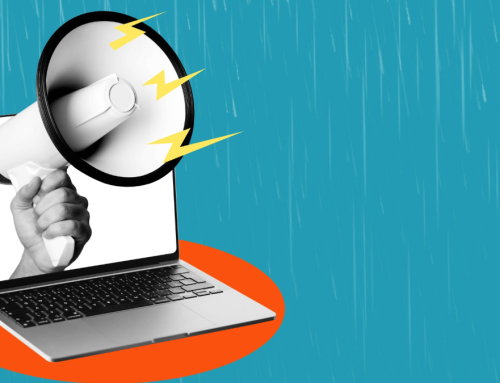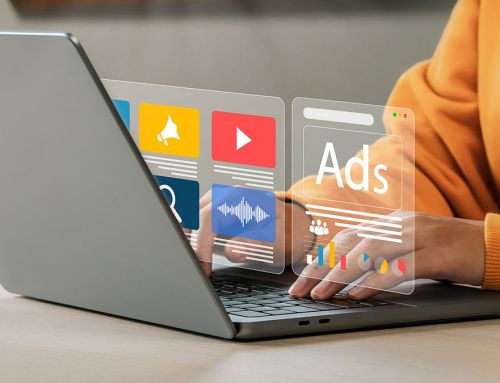Consumers take just 50 milliseconds to decide whether your website is worth staying on. It’s therefore important for websites to be of high-quality in order to make sales. For online retailers, items need to be presented in an enticing way that convinces customers to buy. Web design plays an important role in this. While a website needs to appeal aesthetically, it also needs to provide a simple user experience from landing on the page through to purchase.
To survive in an ever-growing digital world, it’s essential for retailers to understand how AI can improve website design to begin incorporating it. Here are some of the ways AI is being used.
Visual search technology
Visual search technology enables users to take photos of products they’ve seen in store or online and match them to available items in stock which closely resemble the uploaded image. The AI technology reduces the amount of time users have to think about finding the right keywords to locate a product or scroll through large online inventories. Visual search also allows retailers to make product suggestions and answer queries that might be too difficult over text, for instance, ‘Show me styles like this image’.
62% of millennials want the ability to use visual search to streamline the search process on e-commerce sites. Moving forward, this feature could become the leading component in landing page design, particular in terms of image size and number of images shown. Less text may be used and pages will become more interactive. Retail brands like ASOS and Nordstorm are already utilizing visual search to enhance its overall consumer experience, with the market expected to hit a value of $28 million by 2027.
Chatbots
Chatbots have revolutionized how consumers interact with a website by enabling instant communication without the need for a real-life human. Chatbots run on complex natural language processing (NLP) systems as a result of AI, which mimic human language to generate more natural and meaningful conversations with users. Retail chatbots can perform tasks like completing purchases, offering product recommendations and providing customer support. These services are expected to drive $112 billion in retail sales by 2023 so websites would benefit from factoring in this technology into their designs.
Chatbots can either be developed from scratch by a team of designers and developers using complex coding and programming, or built automatically using specialist software, such as TARS, Flow XO and ChatterOn.
Artificial design intelligence
Artificial design intelligence is a technology that automatically builds websites, as well as brand names and logos — for instance, sites like Wix and Squarespace. It is enabling good web design to be more accessible and affordable for both large companies and startups. The latter stands to benefit more as website templates can cost far less than a custom-made design.
ADI is relatively easy to set up, often with built-in functionality and a range of fonts and designs to choose from. Bear in mind, other sites using the same technology may have similar website elements making it less unique. It also removes the personal touch of a human designer, but if you’re in need of a website on a tight time-scale, ADI can be a sufficient solution.











